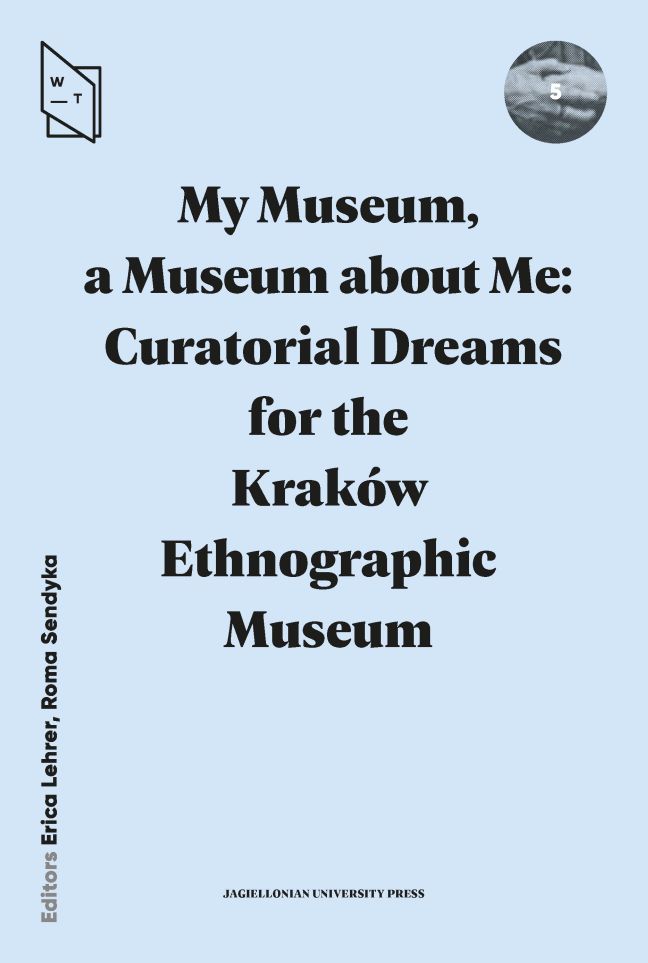When We Think of Folk Costume, What Kind of Clothing Do We Imagine?
Published online by Cambridge University Press: 01 March 2024
Summary
Looking at the gallery of costumes which Halina Bittner-Szewczykowa designed for the Ethnographic Museum of Kraków in the first half of the 1960s, we noticed that in the cabinet there were only beautiful, colorful, ceremonial peasant garments on display. The clothing that we can admire in this striking vitrine forms a key part of Polish rural tradition, but the absence of other village garb seemed like a crucial oversight as we planned our intervention.
Based on historic photographs from the museum's archives, we considered a few key questions: Is “costume” generally associated only with Slavic, Catholic, and Polish tradition? Were forms of attire other than the sukmana—a traditional peasant coat visible in the village? What, for example, of Jewish or Roma attire? We wondered about the museum's aesthetic vision—is MEK supporting a social imaginary in which rural costume means eye-catching, ceremonial clothing? What of more humble daily attire? And why overlook the rest of the village social structure, with its own distinctive wardrobe? Where is the nobleman's cloak, the kontusz, the priest's cassock, or the Jew's long black belted chałat?
From the photographs we selected figures representing groups whose clothing we felt also belonged in the exhibit. We decided to crop the figures and print them as partially-transparent decals at a scale matching the mannequins in the display cases, and pasted them to the glass to create a kind of palimpsest. Our goal was not to completely block out the permanent exhibit, because in doing so we would obscure the representations of peasant life that did describe a slice of social reality. Our gesture—beyond simply adding in missing social actors—was meant to draw attention to the gap that we had noticed in the museum. Admiring the ceremonial clothing, it is easy for visitors to walk away thinking that this represents the totality of the village's social and sartorial landscape. We asked ourselves and our audience why we struggle to acknowledge these other aspects village life? Are we ashamed of them? Is the village a difficult legacy? Do these other outfits—and the village denizens they represent—invoke in us shame, fear, embarrassment, or simple ignorance We decided to leave our audience with these questions.
- Type
- Chapter
- Information
- My Museum, a Museum about MeCuratorial Dreams for the Kraków Ethnographic Museum, pp. 155 - 158Publisher: Jagiellonian University PressPrint publication year: 2023

